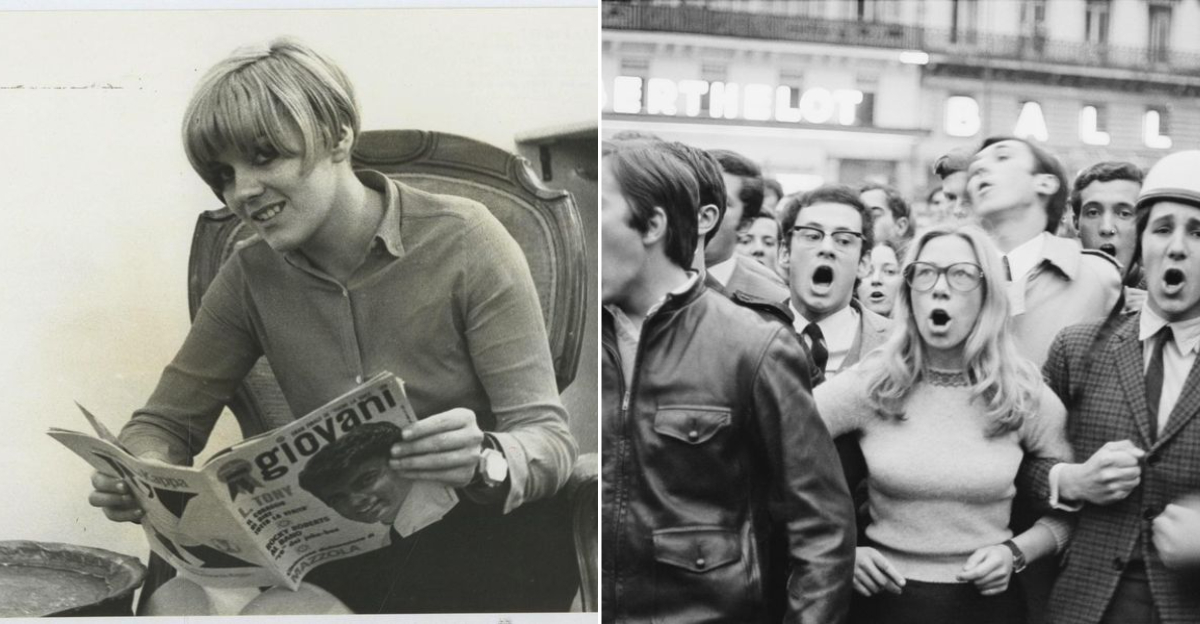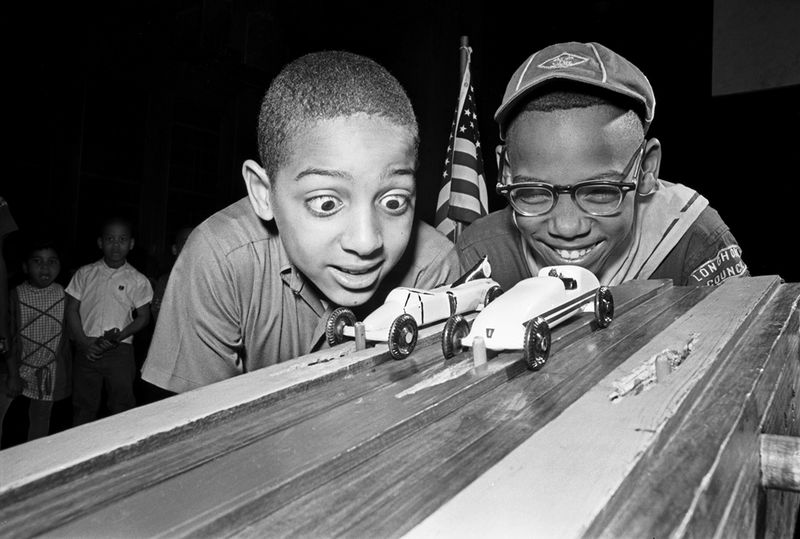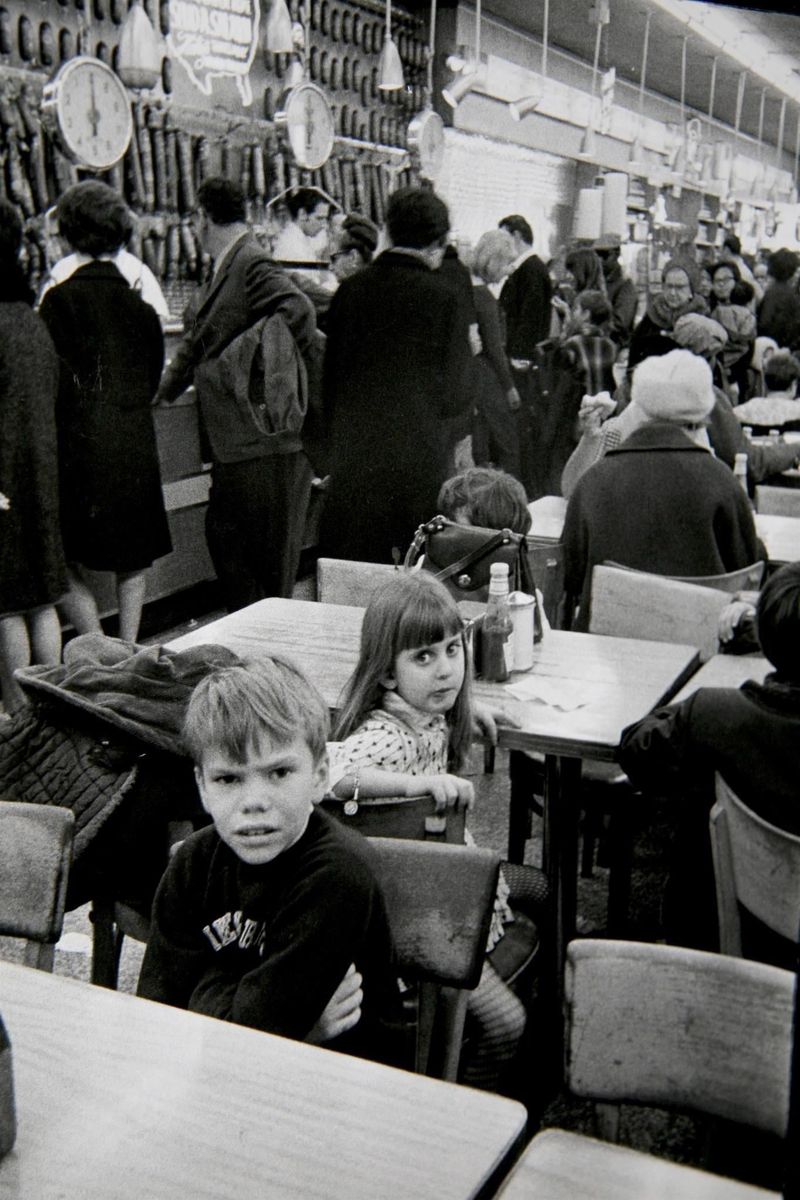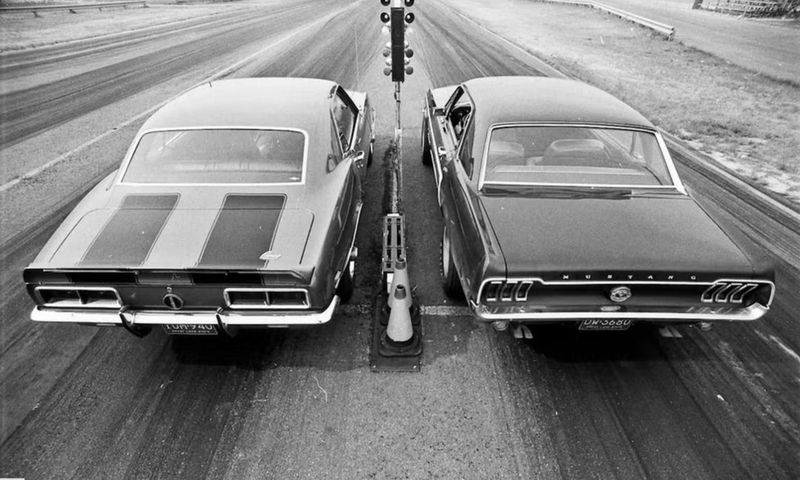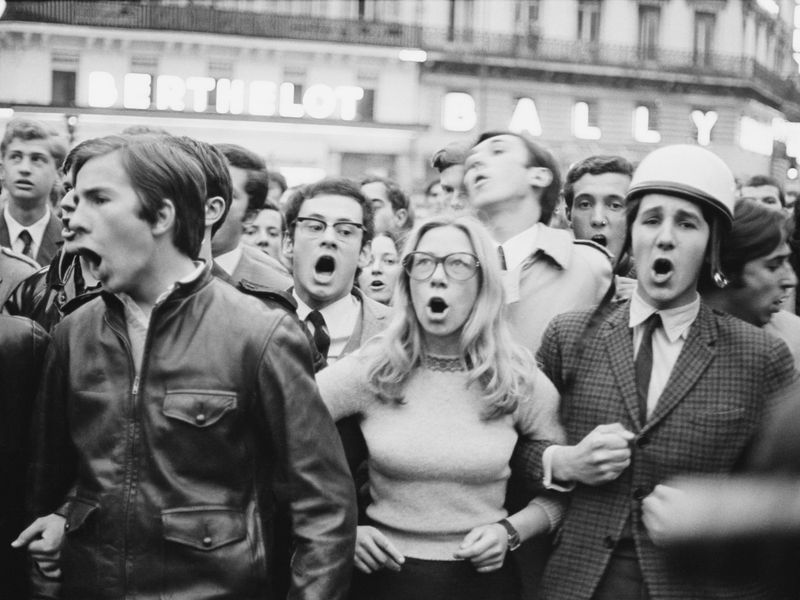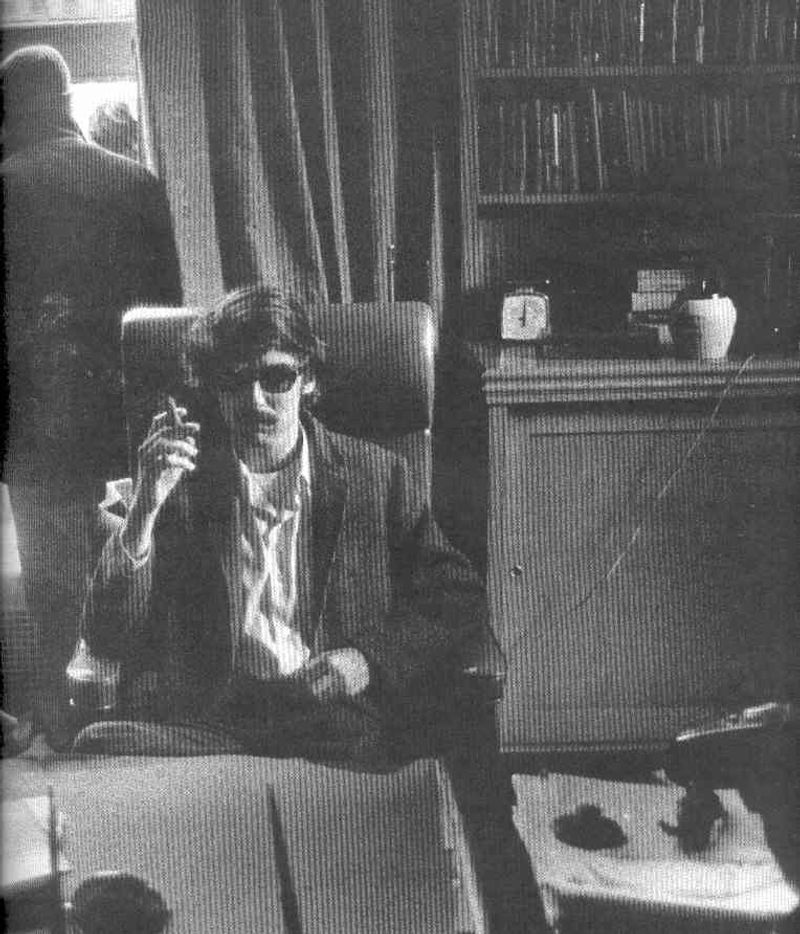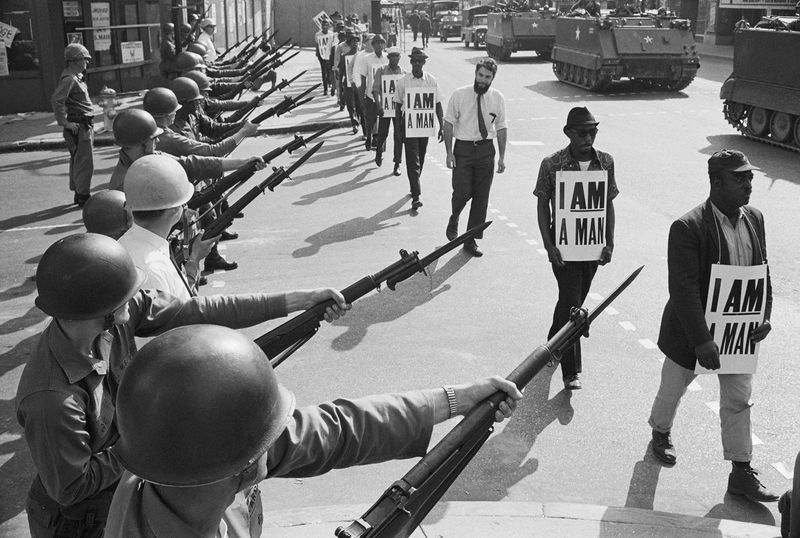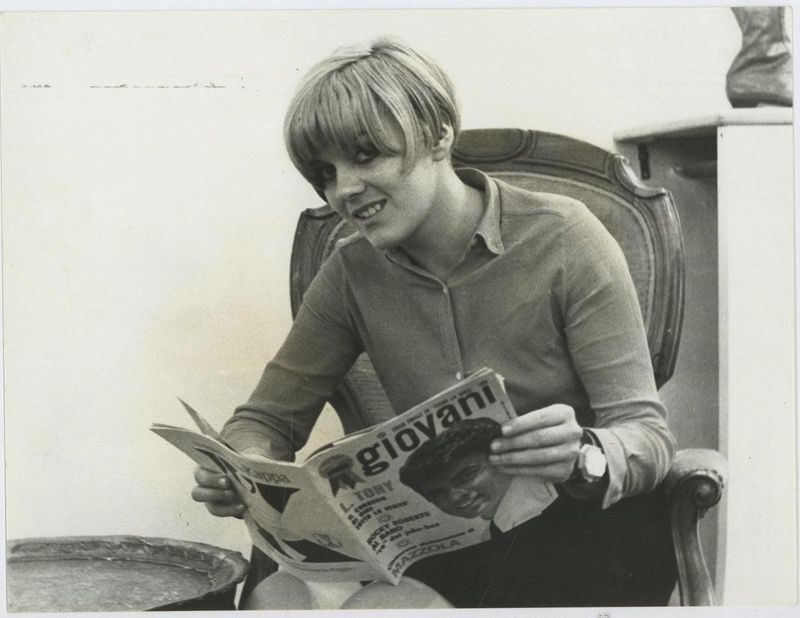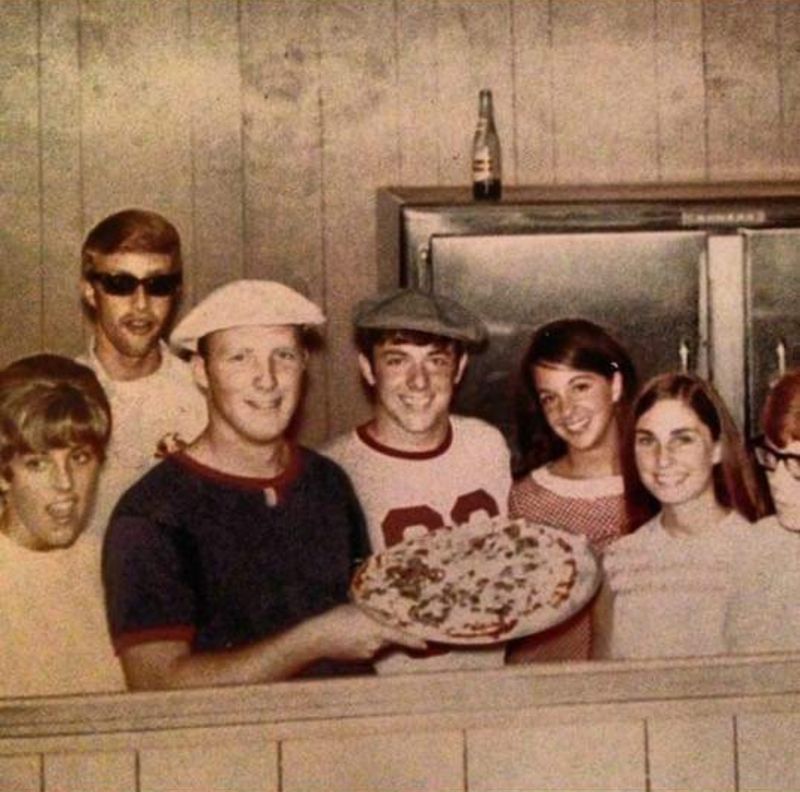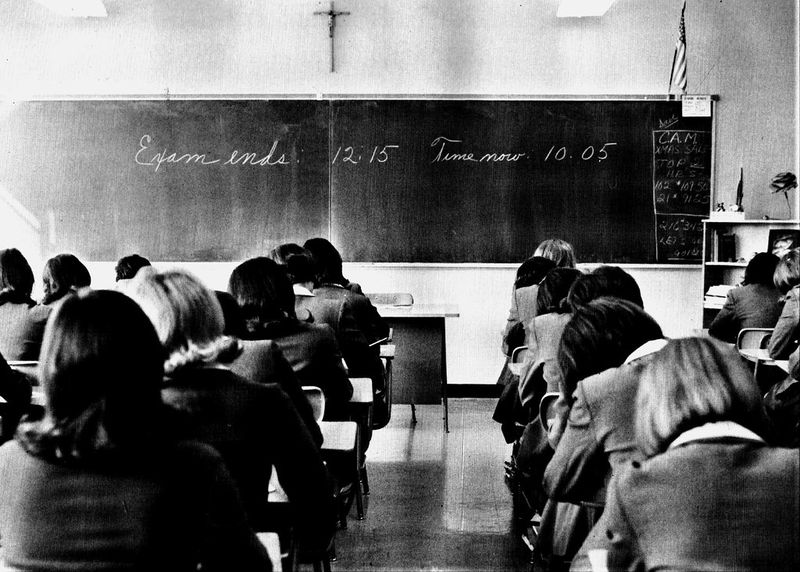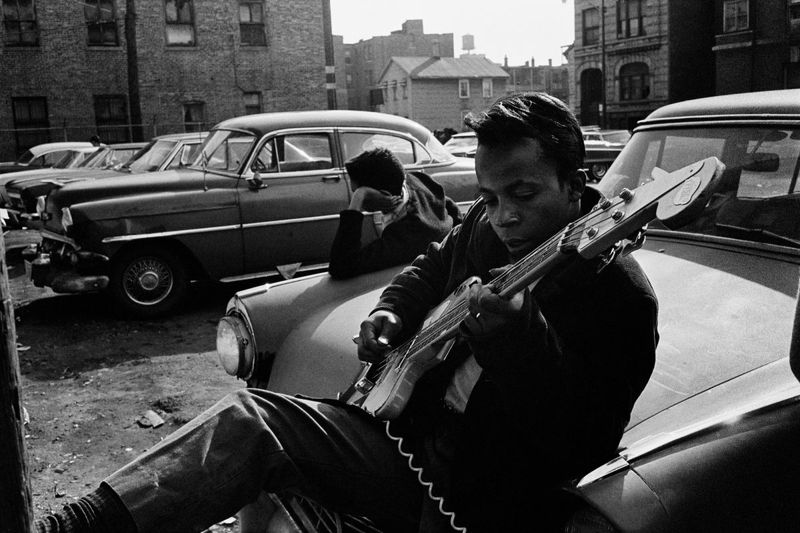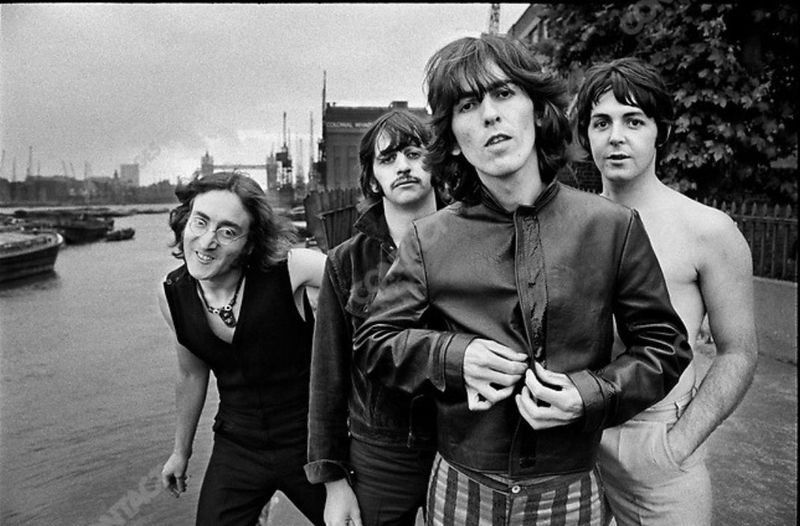1968 was a year of big changes and bold statements. From the streets of suburban neighborhoods to college campuses and downtown diners, everyday life in 1968 was a mix of tradition, rebellion, and the rhythm of a rapidly evolving world. Here’s a look back at what it truly felt like to live through it.
1. History Hung Heavy in the Air
This photo of Dr. Martin Luther King Jr.’s motel room—taken just hours after his assassination in Memphis—captures the quiet aftermath of a national tragedy. A suitcase left open, coffee cups half full, and the television still glowing. In 1968, moments like this reminded the country that even the most powerful voices could be silenced—but their message, packed in pages like Soul Force and Strength to Love, would echo on.
2. Kids Found Joy in Simple Thrills
At the 1968 Cub Scout Olympics in Fort Worth, Texas, Pinewood Derby racers weren’t just toy cars—they were serious business. Built by hand and raced with pride, these wooden speedsters lit up kids’ faces with excitement and awe. It was all about creativity, competition, and the pure joy of watching your car fly down the track.
3. Delis Were Packed, Loud, and Full of Life
In places like Katz’s Deli in New York City, 1968 meant crowded counters, hanging salamis, and the comforting chaos of a good meal. Locals and tourists squeezed into booths, kids slurped sodas, and the smell of pastrami filled the air. It wasn’t just about eating—it was about being part of the city’s heartbeat.
4. Going to the Mall Was a Big Deal
Shopping malls were new and exciting. It was the social hub outside of school. The allure of the latest fashions and gadgets drew crowds. Malls offered a space of freedom and exploration for young people, away from parental supervision. It was a cultural and social meeting point where trends were born and shared. Malls represented a new era of consumer culture and teenage independence.
5. Video Calls Were Futuristic Experiments
While most homes still had rotary phones mounted on the wall, tech pioneers were already imagining the future. In Tokyo, researchers at Toshiba were testing the Model 500 View Phone—an early attempt at video calling. It was bulky, experimental, and far from mainstream, but it offered a glimpse of what FaceTime would become decades later.
6. Fashion Was Fun, Feminine, and Fearless
In 1968, style was all about self-expression. Ready-to-wear designs like Jean Muir’s coat-dresses made high fashion more accessible, blending chic tailoring with playful prints. Women embraced bold silhouettes, floral patterns, and personalized flair—turning everyday sidewalks into impromptu runways.
7. Reporters Took the Newsroom to the Streets
In 1968, journalism was hands-on and mobile. The Chicago Tribune’s “Action Express” was a rolling newsroom, complete with radio equipment and typewriters, allowing reporters to cover breaking stories right from the scene. Before smartphones and live streams, this was how real-time reporting hit the streets.
8. Drag Racing Was a Weekend Thrill
Muscle cars weren’t just for cruising—they were built to race. On weekends, drivers hit the drag strip to settle rivalries in bursts of speed and smoke. The roar of engines and smell of burnt rubber made tracks across the country the ultimate hangout for car lovers.
9. Young People Were Ready to Change the World
In May 1968, the youth of Paris ignited a movement that echoed far beyond France. What started as a student protest swelled into a massive general strike involving 10 million workers. Streets filled with chants, clashes, and calls for change, as a generation demanded a voice—and nearly brought the entire country to a standstill.
10. Campus Protests Took Aim at Power
In 1968, universities weren’t just places of study—they were hotbeds of rebellion. At Columbia University, students occupied buildings to protest ties to military research and segregation. One iconic photo captured a student casually smoking the university president’s cigar, a moment that symbolized the mix of defiance, spectacle, and serious political demand that marked the student movement.
11. Politics Felt Personal
In 1968, leaders like Robert F. Kennedy didn’t just campaign—they connected. RFK’s speeches drew massive crowds, and his raw, emotional presence reflected a country searching for hope. People didn’t just support him—they reached for him, believing he truly saw and heard them in a time of deep national unrest.
12. The Fight for Equality Was Unyielding
In 1968, marches weren’t just symbolic—they were acts of courage. In Memphis, civil rights protesters faced down rifles and military tanks to demand basic dignity. Wearing signs that read “I AM A MAN,” they walked Beale Street with quiet strength, standing up against injustice and reminding the nation that equality could not wait.
13. People Read Everything in Print
Newspapers were thick, magazines were everywhere, and libraries were busy. Reading the Sunday paper with coffee was a weekend ritual. The tactile sensation of turning pages and the smell of ink were comforting. Information was consumed with deliberation, each article a window to the world. Print media was the cornerstone of knowledge, shaping opinions and informing decisions. Libraries were havens of learning, where discovery awaited on every shelf. People engaged with content deeply, valuing the written word. This was an era of literary appreciation, where print was king.
14. Pizza Joints Were the Heart of Hangouts
In 1968, places like TJ’s Pizza in Lima, Ohio weren’t just about the food—they were where friendships formed and memories were made. Teens gathered after school games or weekend nights, sharing laughs over a fresh pie in cozy, wood-paneled booths. It was simple, fun, and the definition of cool.
15. School Meant Chalkboards and Handwriting
No tablets or laptops—just lined paper, #2 pencils, and chalk dust. Teachers wrote in cursive, and so did students. The classroom was a tactile environment, filled with the sounds of scribbling and chalk tapping. Learning was hands-on, with writing as a key skill. The smell of chalk and the sight of dusty erasers were familiar. Education emphasized penmanship and precision, valuing the art of handwriting. Students practiced diligently, mastering the flow of ink on paper. This was a time when the written word was cherished, and digital distractions were nonexistent.
16. Music Was Resistance and Refuge
For many, music in 1968 wasn’t just background noise—it was a lifeline. In Ernest Cole’s lens, the streets became stages where young Black men strummed guitars atop worn-out cars, turning pain into rhythm and struggle into song. Music echoed the fight for dignity, becoming both a protest and a place to breathe.
17. Music Icons Felt Larger Than Life
On July 28, 1968, the Beatles roamed London on what fans now call the “Mad Day Out.” In between sessions for The White Album, they turned the city into their playground, snapping spontaneous photos that blurred the line between stardom and street life. For fans, these weren’t just musicians—they were living legends rewriting the rules of pop culture in real time.
